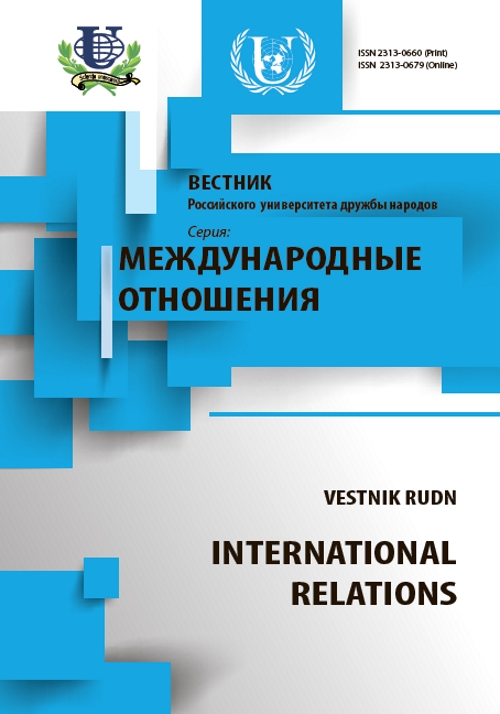Основные направления развития Латинской Америки и роль Бразилии в регионе
- Авторы: Де Альмейда П.Р.1
-
Учреждения:
- Университетский центр (UniCEUB) г. Бразилиа
- Выпуск: Том 15, № 4 (2015): Латинская Америка в XXI в.: вызовы и перспективы
- Страницы: 7-19
- Раздел: Статьи
- URL: https://journals.rudn.ru/international-relations/article/view/10492
Цитировать
Полный текст
Аннотация
В статье рассматриваются основные направления развития латиноамериканских стран в XX в., определяются особенности процесса экономической стабилизации (на примере Аргентины и Бразилии), разрешение долгового кризиса, развитие демократизации и влияние глобализации. Автор раскрывает основные особенности интеграционных процессов в регионе (на примере МЕРКОСУР, УНАСУР, Тихоокеанского Альянса и Венесуэльского проекта АЛБА), показывает последствия краха проекта создания Межамериканской зоны свободной торговли (FTAA) для региона. Автор показывает, что большинство стран Латинской Америки сохранили роль экспортеров сырья, которая лишь усилилась в последнее десятилетие на фоне впечатляющего роста Китая. Торговая и экономическая политика Китая в регионе изменилась, и он превратился в первого торгового партнера, заняв то место, которое ранее занимали США. В статье перечислены успехи и неудачи в осуществлении экономических реформ в Бразилии и выделяются три сценария регионального развития, в зависимости от степени включения стран региона в процесс глобализации.
Ключевые слова
Об авторах
Паоло Роберто Де Альмейда
Университетский центр (UniCEUB) г. Бразилиа
Email: www.pralmeida.org
Список литературы
- Almeida, Paulo Roberto. O Brasil e a construção da ordem econômica internacional contemporânea. Contexto Internacional. Rio de Janeiro: Instituto de Relações Internacionais da PUC-RJ; vol. 26, no. 1, janeiro-junho 2004, pp. 7-63.
- Almeida, Paulo Roberto. A política internacional do Partido dos Trabalhadores: da fundação do partido à diplomacia do governo Lula. Sociologia e Política. Curitiba: UFPR, no. 20, junho de 2003, pp. 87-102.
- Almeida, Paulo Roberto. Bases conceituais de uma política externa nacional. Brasil - União Europeia - América do Sul: Anos 2010-2020. Rio de Janeiro: Fundação Konrad Adenauer, 2009, 267 p.
- Almeida, Paulo Roberto. Relações Internacionais e Política Externa do Brasil: a diplomacia brasileira no context da globalizacao. Rio de Janeiro, Editora LTC, 2011, 438 p.
- Almeida, Paulo Roberto. Nunca Antes na Diplomacia..: a política externa brasileira em tempos não convencionais. Curitiba, 2014, 289 p.











